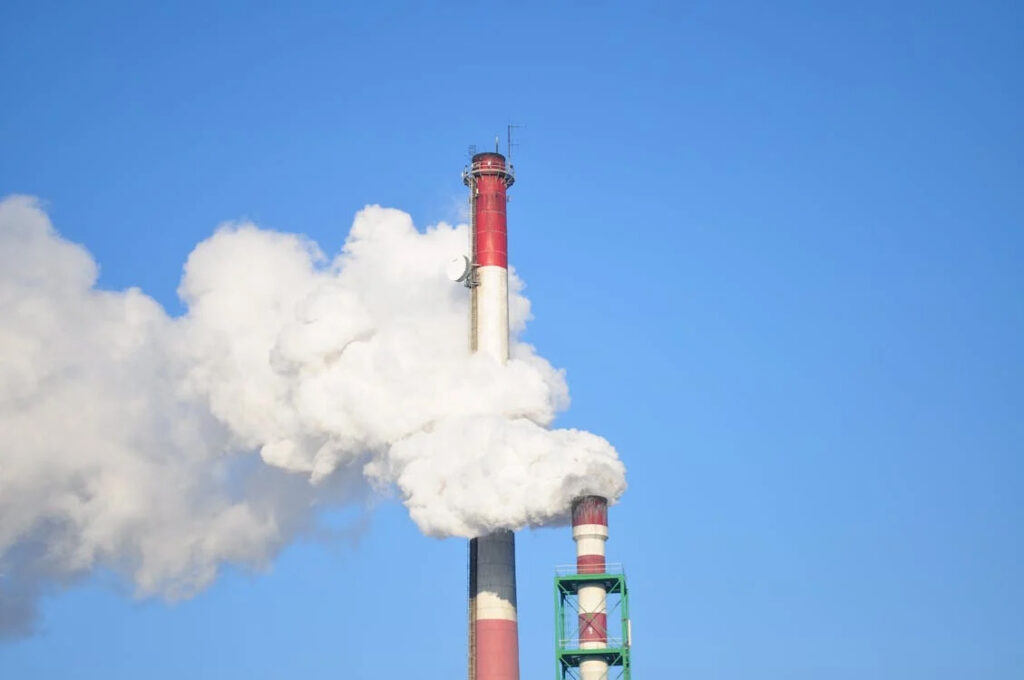A Sustainable Shift: New Reactor Design Transforms CO2 from Boilers into Methane Fuel
Ingenious ways to reduce greenhouse gas emissions are essential in the continuous fight against climate change. A ground-breaking study headed by scientists from AGH University of Science and Technology in Poland and Shibaura Institute of Technology in Japan has presented a new reactor design that may transform boiler carbon dioxide emissions into useful methane. This change not only meets the pressing demand for environmentally friendly fuel sources but also marks a major step toward industrial processes becoming carbon neutral.
The Problem with Boiler Emissions
A major source of CO2 emissions worldwide, boilers are essential to many businesses for heating, steam generating, and power generation. Reducing these pollutants was traditionally thought to be mostly accomplished by increasing combustion efficiency. But because contemporary boilers are already rather efficient, it is getting harder and harder to make additional cuts the old-fashioned way. This has changed attention to creative solutions like CO2 capture and reuse, which reduces atmospheric emissions and converts a troublesome waste into a useful resource.
Innovative Reactor Design and Methane Production
The heart of this breakthrough lies in the development of the distributor-type membrane reactor (DMR), specifically designed to optimize the conversion of CO2 to methane. Unlike traditional packed bed reactors that introduce gases at a single point, the DMR distributes CO2 evenly across the reactor. This design minimizes temperature variations and optimizes energy consumption, thereby enhancing methane yield. This reactor configuration ensures that the CO2 conversion process is both energy-efficient and effective, offering a practical solution to CO2 emissions from small-scale industrial boilers.
Enhancing Efficiency Through Simulation and Experimentation
To perfect the DMR design, the research team undertook a comprehensive approach involving both numerical simulations and experimental studies. These simulations helped predict how gases would behave within the reactor, leading to a design that prevents hot spots and ensures a consistent reaction environment. Experimentally, the team tested various CO2 concentrations and reactor sizes to determine the optimal conditions for methane production. The findings revealed that a CO2 concentration similar to that emitted from boilers, around 15%, was ideal for maximizing methane production, making the process suitable for real-world application.
Application and Impact
Beyond methane generation, this discovery has ramifications. The effective conversion of CO2 into methane by the DMR creates fresh opportunities for other chemical processes where CO2 may be used again, maybe even in tiny industrial and home environments. As such, the technology becomes a flexible instrument in the effort to lower carbon footprints in many industries. With its sustainable substitute for just dumping CO2 into the atmosphere, this reactor technology may be crucial to the worldwide transition to more environmentally friendly industrial methods.
In sustainable technology, the distributor-type membrane reactor represents a major breakthrough. This novel reactor contributes to the larger objective of reaching a sustainable, carbon-neutral future by converting CO2 emissions into methane, therefore lowering the environmental effect of industrial boilers as well. Technology such as the DMR are priceless as sectors keep looking for efficient methods to lower their carbon footprints. They provide doable, effective ways to turn trash into money, advancing us one step closer to a future that is more sustainable and clean.


